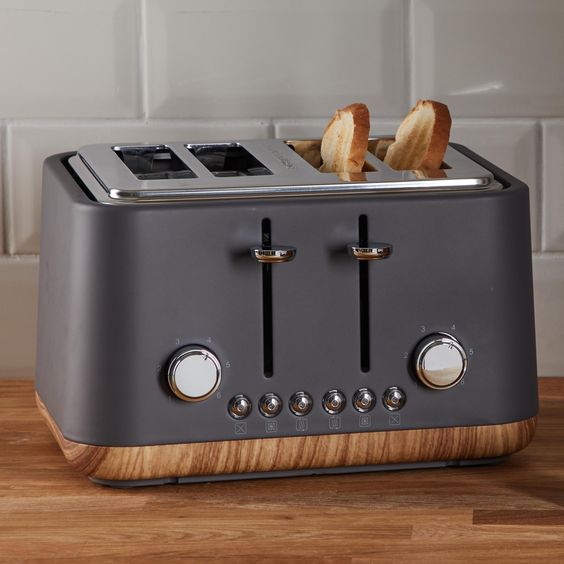In the bustling morning routine of today’s fast-paced world, there’s one kitchen appliance that often goes unnoticed despite its daily contribution to our breakfast rituals: the toaster. Whether it’s for a quick slice of toast on the go or a leisurely breakfast spread with perfectly golden-brown slices, the toaster plays a crucial role in many households. Let’s dive into the world of toasters, exploring their history, types, features, and why they’re an essential part of any kitchen.
A Brief History of Toasters
The journey of toasting bread dates back centuries, with early methods involving holding slices of bread over an open flame or placing them on hot stones. However, the first electric toaster, invented by Scottish scientist Alan MacMasters in 1893, revolutionized the process. This device resembled a wire basket and was placed over a fire to toast bread. In 1921, Charles Strite patented the modern pop-up toaster, which automatically ejected the toast when it reached the desired level of browning, paving the way for the toasters we use today.
Types of Toasters
1. Pop-Up Toasters
Pros:
- Convenience: Automatically eject toast when done.
- Versatility: Can accommodate different bread sizes and types.
- Speed: Quickly toast multiple slices at once.
Cons:
- Limited control: Typically offer limited settings for browning.
Best For: Everyday use and households with busy mornings.
2. Toaster Ovens
Pros:
- Versatility: Can toast, bake, broil, and more.
- Spacious: Accommodate larger items like bagels and open-faced sandwiches.
- Control: Allow precise temperature and time settings.
Cons:
- Slower: Take longer to toast compared to pop-up toasters.
- Bulkier: Require more counter space.
Best For: Cooking a variety of foods beyond just toast, ideal for small kitchens or those with limited appliance space.
3. Conveyor Toasters
Pros:
- High volume: Ideal for commercial settings, such as restaurants and cafés.
- Consistency: Produce evenly toasted slices in large quantities.
- Speed: Can continuously toast bread as it moves along a conveyor belt.
Cons:
- Size: Large and expensive, not practical for home use.
- Limited control: Less flexibility in toasting settings.
Best For: Commercial kitchens and businesses with high toast demand.
Features to Consider
When choosing a toaster, consider the following features:
- Number of Slots: Determine how many slices of bread you typically toast at once.
- Browning Control: Look for adjustable settings to achieve your desired level of browning.
- Bagel Function: Some toasters offer a specific setting for toasting bagels, ensuring they’re perfectly toasted on the cut side while gently warmed on the outer side.
- Crumb Tray: Removable crumb trays make cleaning quick and easy, preventing crumbs from building up at the bottom of the toaster.
Why Toasters Are Essential
- Convenience: Toasters make it quick and easy to prepare breakfast, requiring minimal effort and supervision.
- Versatility: From plain toast to bagels, English muffins, and more, toasters accommodate a variety of bread types and preferences.
- Consistency: With precise settings, toasters ensure consistent results every time, allowing you to achieve your preferred level of browning.
- Time-Saving: In today’s busy world, toasters help streamline morning routines, allowing you to enjoy a delicious breakfast without spending too much time in the kitchen.

